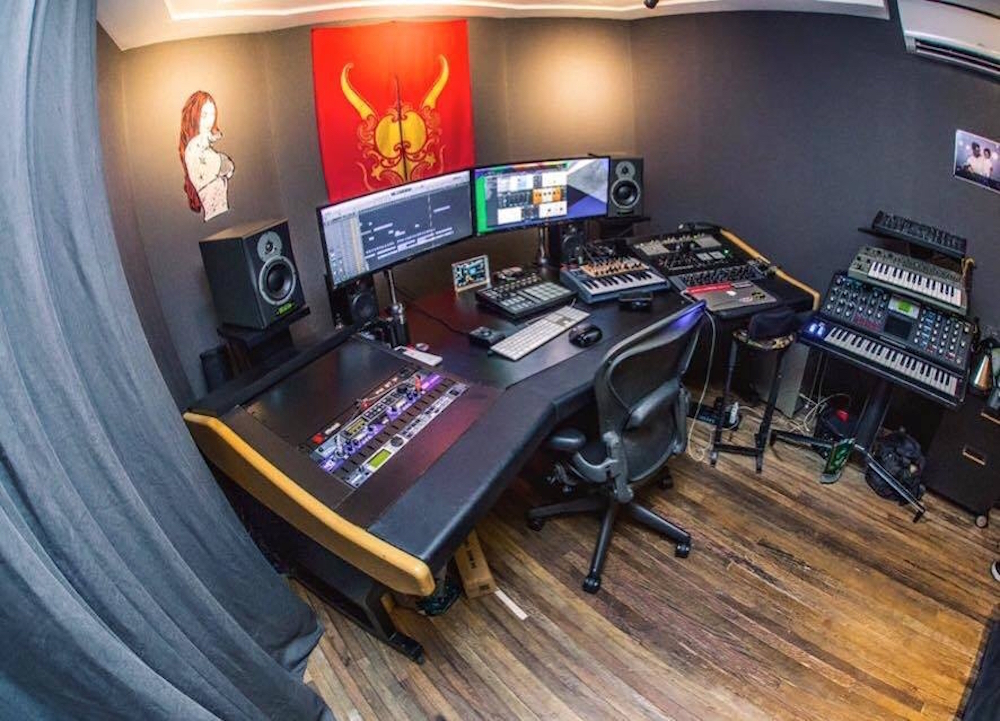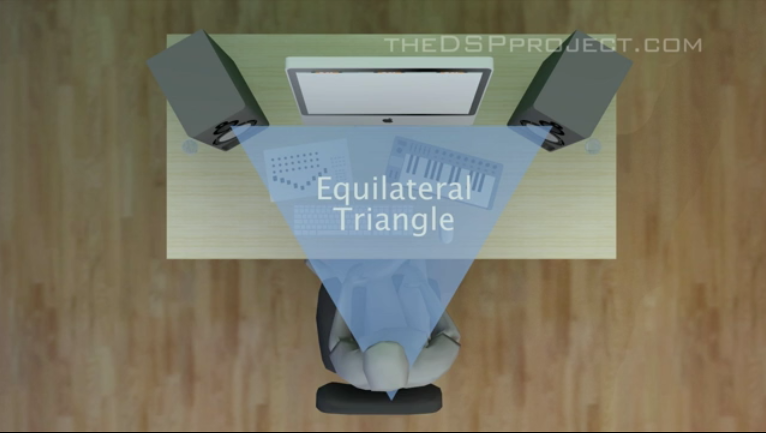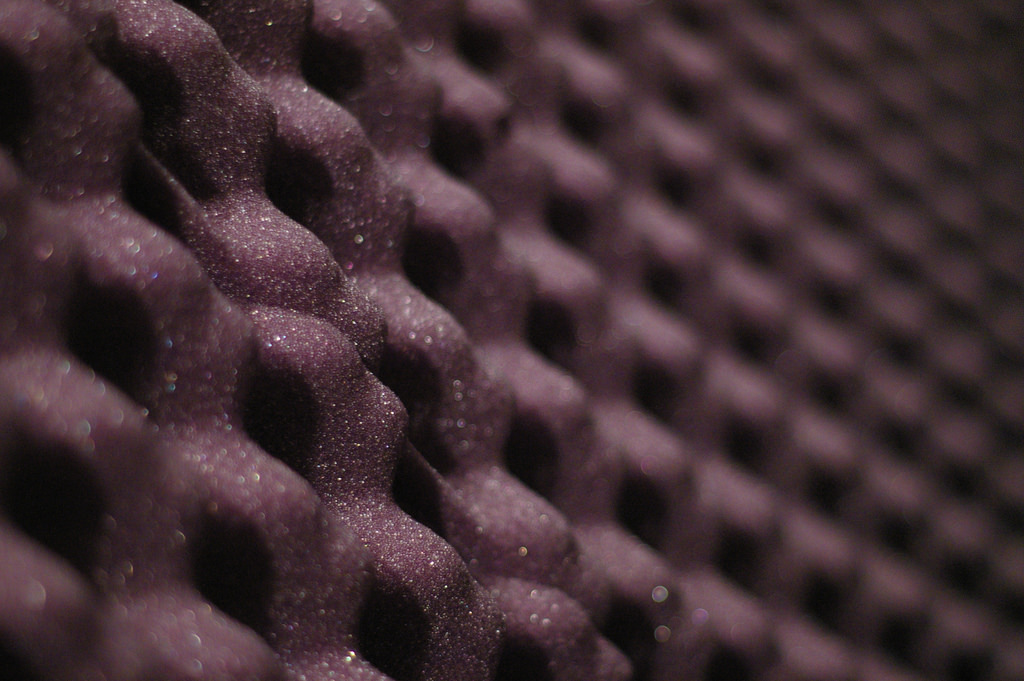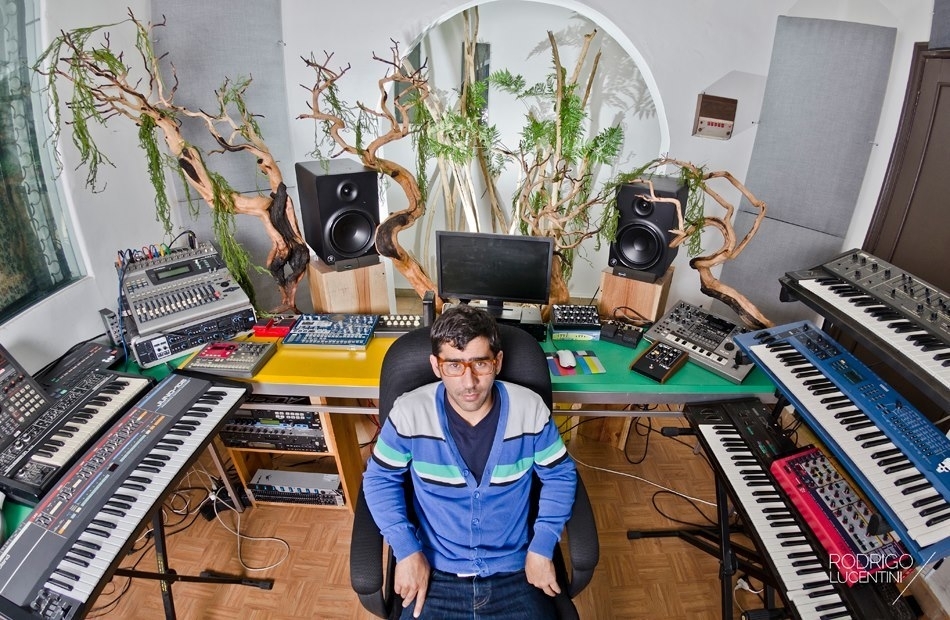1. Basic equipment
Computer. Nearly all of the computers on the market these days are capable of working with good quality audio, and thus creating decent tracks (that being said you need a little talent, obviously). Despite this, make sure it's configured correctly: check how much RAM it has, how many USB ports you are going to need, etc.
DAW, Ableton Live, Logic Audio and Cubase are the most used software to produce electronic music. There are also competent programs like Fruity Loops or Reason that are really user-friendly. The reality is, there is no one good program—the best one is going to be the one you feel most comfortable with.
Monitors. It's really important to have studio monitors (on a flat reference) since stereo or home theater speakers have signature equalization and compression depending on the brand (meaning you can't adjust them to your liking). Avoid using DJ headphones as well—they're good for absorbing a lot of sound in the booth, but won't give you as clear a level of audio as you need to produce.
Audio Card. Make sure you have an audio card capable of reproducing and recording audio in high resolution. There are multiple options on the market that are super affordable.
Cables. You might think it isn't a big deal—but it's totally worth investing in some balanced cables to get the maximum potential out of the rest of your equipment, and therefore, your productions.
2. Space**
 **
**
3. Positioning the monitors
**
 **
**
4. Acoustics
**
 **
**
- That full bookcase, sofa, or bed behind you? Leave it there. Those items will help you trap low frequencies and work as diffusers. There is no precise way to know what specific frequencies they are helping you with, but its way better than a blank wall.
- Use the thickest curtains you can find to line the walls of your studio, and also lay down some rugs. Not only will it up the feng-shui of your room, but surrounding yourself with fabric will help absorb some of the loudness of you work—I.E less pissed off neighbors.
- Avoid producing in a room with sharp corners, since they'll potentially distort the sound, because every beat that goes towards a corner bounces back with greater intensity. You can "kill" these corners with some cardboard and tape, helping eliminate the 90º angle. Using some soundproof panels can also be helpful. You can learn how to make your own here.
